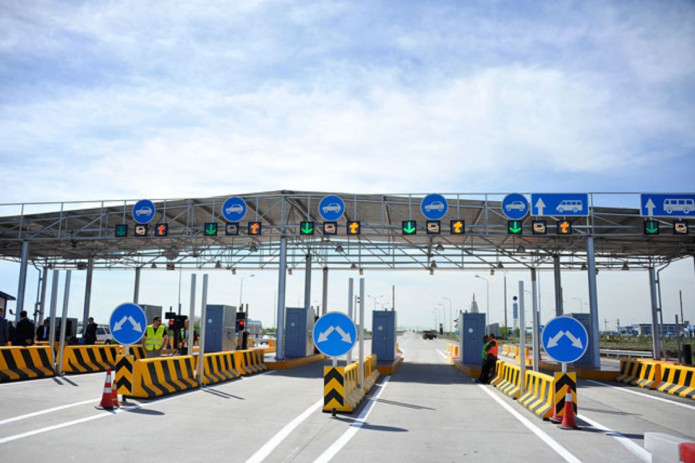Uzbekistan to build Tashkent-Andijan toll road
Uzbekistan to build Tashkent-Andijan toll road

Uzbekistan has taken a significant step toward building the Tashkent-Andijan toll road, a major infrastructure project supported by the World Bank. This 314-kilometer expressway will serve as a key transportation route, connecting the Fergana Valley, home to over 10.5 million people, with the capital. Once completed, it will reduce travel time between Tashkent and Andijan from 5 to 3 hours, boost GDP by 2.6%, and lower traffic accidents by 40%. More details are in the following report.
The Cabinet of Ministers has been tasked with preparing and approving the feasibility study for the project. An international tender has been announced, attracting interest from many reputable foreign companies. The project concept was approved on January 21 this year, with an estimated cost of $4.28 billion. The public-private partnership agreement for the road construction will last 49 years.
The tender process will take place in two stages. In the first stage, private companies will submit pre-qualification documents. In the second stage, pre-qualified companies will provide technical and financial proposals. A long-term agreement will be signed with the winning bidder.
The route will be 64% new construction and 36% reconstruction. It will be classified as a Category I-a motorway with six lanes. The project will be completed in three phases: first, the 102-kilometer Tashkent-Angren section; second, the 69-kilometer Angren-Pop section; and third, the 143-kilometer Pop-Andijan section. The road will be paved with cement and concrete.
As part of the first phase, construction will begin this year on a 16.4-kilometer tunnel through the Kamchik Pass. This toll road will serve as an alternative to existing roads, where speed limits are necessary due to intersections, traffic lights, railway crossings, and residential areas. The goal is to reduce traffic congestion, increase capacity, and improve road quality, while integrating modern transport systems with environmental and public safety considerations.
Service stations will be built along the route, including fuel stations, maintenance facilities, and campsites, which will boost the economy. Speed radars will not be installed, and pedestrian crossings and intersections will be underground or above ground. Detour options will be available in case of breakdowns or emergencies.
Toll fees will vary based on vehicle type, weight, and axle count, with higher charges for larger and heavier vehicles. The highway is expected to be completed within 5-7 years, with construction spanning from 2025 to 2032.





.png)



















